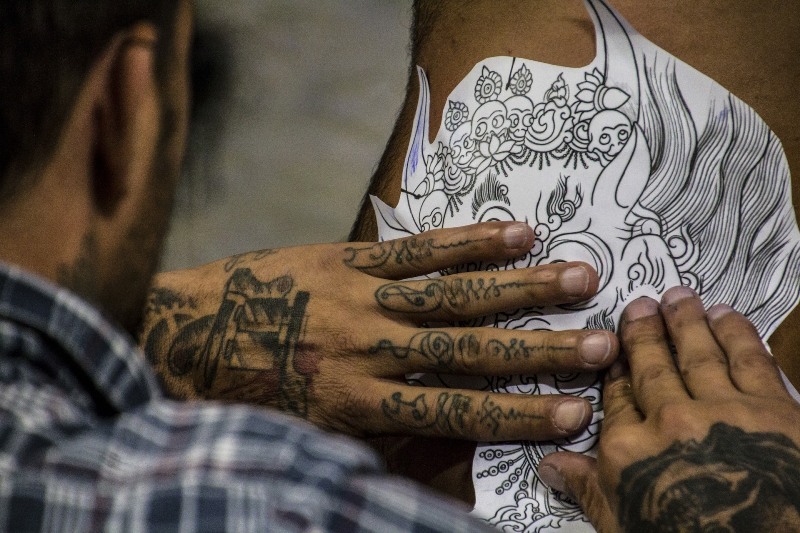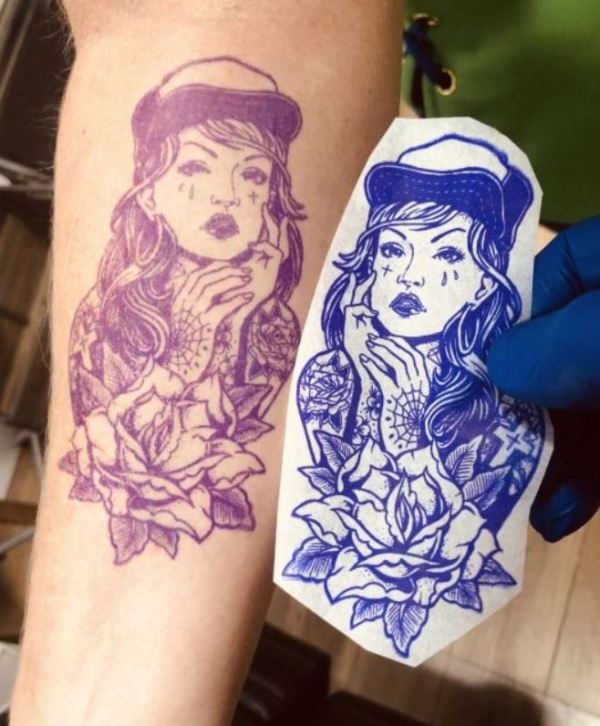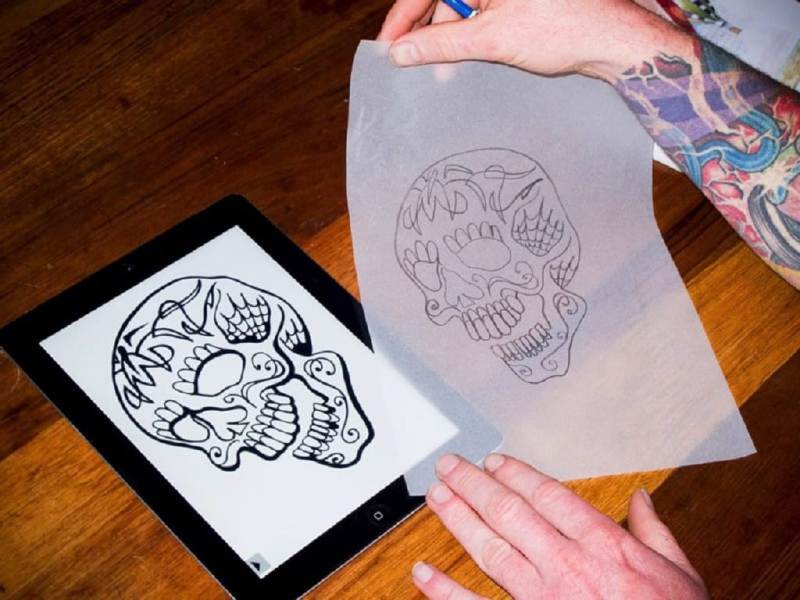
How to Use Tattoo Transfer Paper
Tattooing involves transferring images from the source image to the skin. This may be a bit challenging for beginners and that is why a transfer paper is essential. Remember that there are a lot of things to consider before having a tattoo. Finding a great tattoo shop like The Fall Tattooing and piercing with a good artist is imperative. So before getting one, you’ll need to think of who are you going to trust with permanently inking your body.
Upcoming tattoo artists are encouraged to get acquainted with the use of transfer papers to aid their learning process. These papers will help them produce better images on the skins of their clients.
If you’ve not used a transfer paper before you may be wondering where to start. You’ll see how you can use a transfer paper to tattoo, but before then, what is a transfer paper?
What is a Transfer Paper?

A transfer paper is a paper that takes the outline of the drawing or design on the paper and reproduces it on your skin. It helps tackle the issue of not getting the right design as the client or the artist can draw the design and have the exact outline on their skin.
Types of Transfer Papers and How to Use Them
There are two types of transfer papers available to tattoo artists; thermal transfer paper and hectograph or freehand transfer paper. Using these papers is slightly different from each other but the core principles remain the same.
Thermal Transfer Paper and How to Use it

A thermographic paper is a 4-layer transfer paper consisting of a thin milky layer that protects the white layer where the design is transferred unto. The milky layer is usually removed and thrown away. The next layer is a purple ink layer and then a yellow layer holding all of them in place.
Here’s how to use this transfer paper:
Step One
Using a pencil, draw the design on a regular white printer paper. Be as accurate as possible as you’ll get a replica copy on the skin of your client. Ask your client for feedback and if that is the design they want.
Step Two
Place your design in between the ink paper and yellow layer of your thermal transfer paper. It should be the third paper from the top after removing the thin top layer. You can then put the papers as arranged into a thermogenic transfer maker. Your design would be transferred to the white layer.
Step Three
Clean the area where the design would be applied with soapy water and dry with a towel.
Step Four
Carefully place your carbon paper with the design on the place where your client would want the design. Ask them repeatedly if that is the position they want.
Step Five
Press the paper down and smoothen it out to transfer the design to the skin.
Step Six
Remove the transfer paper to reveal the replica design on your client’s skin. Ask your client if they are okay with the design and placement. This is their last chance to change their mind.
Step Seven
Use a tattoo machine to trace the design and make it permanent.
Hectograph Transfer Paper and How to Use it

Sometimes called freehand transfer paper because of its manual nature compared to the thermographic paper. It consists of three layers; the top sheet where you make your design, the middle tissue-like sheet that is removed before you start, and the bottom layer where the design is transferred to.
Here’s how to use it to create replica images:
Step One
Use a hectograph pencil to draw the design on the top layer.
Step Two
Cut out the design on the bottom layer when it has transferred. Make sure the client is satisfied with the design.
Step Three
Clean the area where the client would want the design with a stencil stay solution. This will ensure the design is transferred properly from the transfer paper to the skin.
Step Four
Place the design on the area exactly where the client wants it. Ensure you ask the client if that’s where they want it.
Step Five
Gently rub the paper with a damp towel to transfer the design to the skin.
Step Six
Remove the paper and ask the client for their opinion. This is their last chance to change their mind if they don’t like the design or position of the drawing. It is more economical to redo a design when using a hectograph paper.
Step Seven
Use a tattoo machine to trace the design to make it permanent.
Summary
As you can see, using a transfer paper gives you a more accurate design than eyeballing the design and drawing it on the skin. It is also easy to use once you can get the initial drawing done.









